- Expert advice/
- Getting engaged/
- Rings/
- Lab Diamonds Vs Cubic Zirconia
- Rings
Lab Diamonds Vs Cubic Zirconia
No, they're not the same as cubic zirconia. Lab-grown diamonds are a more sustainable option for green brides. Here's everything you need to know.
Last updated February 5, 2024

You probably think of a few different things when you hear the word “diamonds.” On the one hand, diamonds have become synonymous with engagements and weddings—and all the inherent joy and happiness that goes along with those occasions. On the flip side, the process of mining diamonds has quite the carbon footprint, making diamonds potentially problematic for more environmentally conscious shoppers.
So, what’s a green bride to do?
Luckily, you don’t have to choose between your desire to protect the environment and your desire for a diamond engagement ring or wedding ring. With lab-grown diamonds, you can have the best of both worlds. Synthetic diamonds, also called simulated diamonds, not only replicate natural diamonds, but are themselves real diamonds. Meaning you can obtain a gorgeous piece of diamond jewelry without it weighing on your conscious. To learn more, read on.
What Are Lab Created Diamonds—and How Are They “Grown?”
First things first—in case you’re not familiar with the term, lab-grown diamonds (also known as man-made diamonds) are exactly what they sound like: They’re diamonds created in a laboratory setting.
Lab-grown diamonds are typically “grown” using one of two methods: Chemical Vapor Deposition (CVD) or High-Pressure High-Temperature (HPHT). We won’t get too technical with the science, but both CVD and HPHT take a diamond “seed” (a very small part of a diamond) and replicate the conditions and process under which diamonds are formed naturally—just in a laboratory setting.
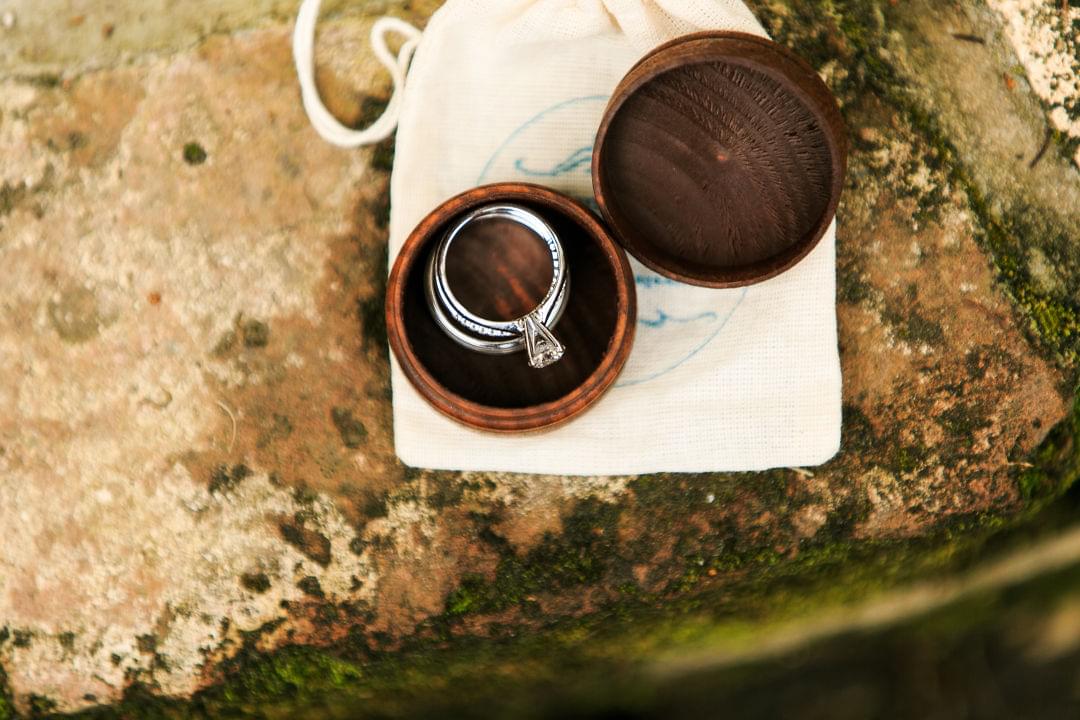
Are Lab-Grown Diamonds Actually Diamonds?
To put it simply—yes. Yes, they are.
The only difference between a lab-grown diamond and a standard diamond is where they come from. The physical properties and chemical composition, however, are the same. Lab-grown diamonds come from a lab, while standard diamonds are mined from the ground. Other than their origins, there’s no physical or chemical difference between a diamond that’s created in a lab and a diamond that’s mined from deep within the earth.
This puts lab-grown diamonds in a completely different category from diamond simulants, such as cubic zirconia (or zirconium dioxide) and moissanite—which might look like a diamond, but when you get down to the details, have different physical and chemical properties.
Lab-grown diamonds are also graded and certified using the exact same process as mined diamonds. And, like mined diamonds, lab-grown diamonds are evaluated based on cut, color, clarity, and carat—also known as “the 4 c’s.”
So, in a nutshell, lab-grown diamonds are 100% real diamonds. The only difference is that they’re grown in a lab instead of the earth.
Why Are Lab-Grown Diamonds Having Such a Moment?
While lab-grown diamonds were first created back in the 1950s, there’s no denying that they’ve had a serious surge in popularity in recent years. The rise of a more conscious consumer is arguably the biggest contributor to the popularity of lab-grown diamonds.
With today’s consumers being more concerned with environmental issues—like climate change—than ever, they’re looking to buy products and partner with brands that are as dedicated to protecting the environment as they are. And because diamond mining can have such detrimental effects on the environment, lab-grown diamonds give the conscious consumer a more environmentally friendly choice.
Pros And Cons Of Lab-Grown Diamonds
Let’s take a deeper look at the lifestyle factors related to these diamonds to help you decide if they’re for you.
Pros
- More affordable. Because the process of creating lab-grown diamonds is less labor and time-intensive than traditionally mined diamonds, they’re the more affordable option. Typically, you can get a lab-grown diamond for between 20 and 50 percent less than it’s traditionally mined counterpart.
- Same quality. Even though lab-grown diamonds are more affordable than traditionally mined diamonds, you’ll still get the same high quality in terms of the 4 c’s (diamond clarity, cut, color, and carat weight), making them a good alternative to natural diamonds. Plus, lab-grown diamonds aren’t any less durable and long-lasting as diamonds mined from the earth, unlike other diamond alternatives.
- More sustainable and ethical choice. Lab-grown diamonds don’t have the same environmental or ethical drawbacks as mined diamonds—so if you’re concerned about those issues, lab-grown diamonds are a great way to avoid them (and still get some sparkle on your finger!).
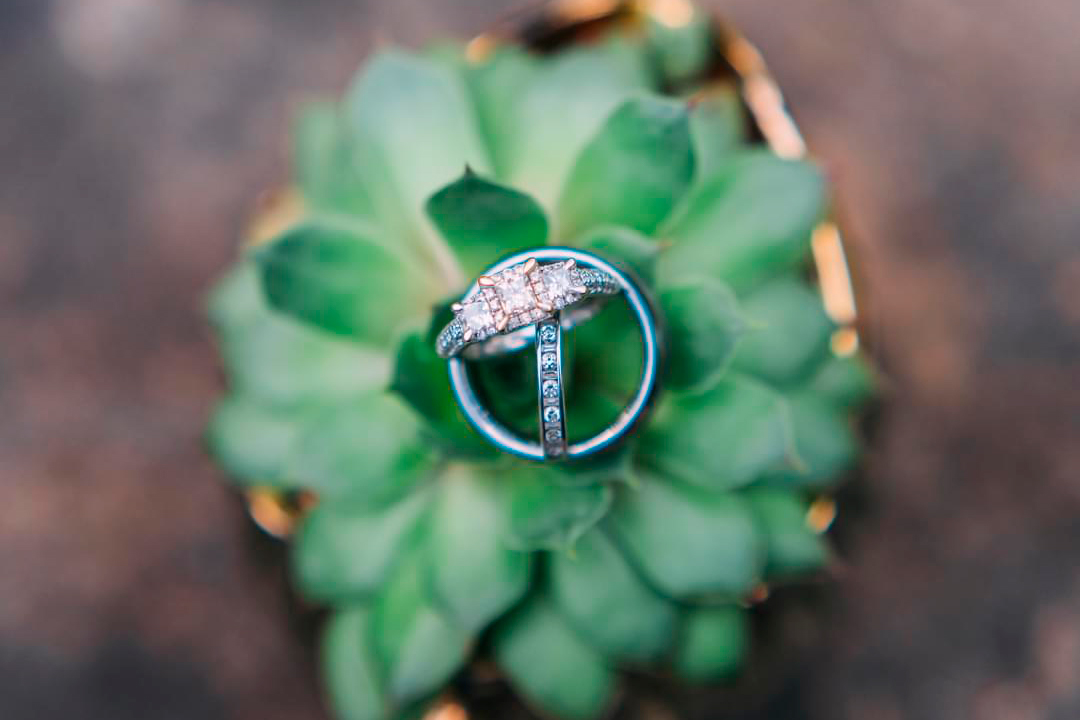
Cons
- Less variability. Because lab-grown diamonds are created in a controlled lab setting, there’s going to be less variability in the final product—so if you’re looking for a unique, one-of-a-kind stone, this might not be the best option.
Clearly, these diamonds are a great option for wedding and engagement rings. They’re better for the environment, they eliminate the possibility of getting a less-than-ethically-sourced diamond, and they’re less expensive than they’re traditionally grown counterparts.
Obviously, you’re the only person who can answer if they’re right for you. But if you’re looking for a diamond that’s both affordable and environmentally friendly—without sacrificing quality? A lab-grown diamond is definitely worth looking into.
How to Identify Lab Diamonds vs. Cubic Zirconia
On the other hand, there are a few ways to differentiate lab-grown diamonds from cubic zirconia. In order to determine which one is, you can perform a few simple tests.
-
The Light Test: The way lab diamonds and diamond replicants made from cubic zirconia reflect light differ. Lab diamonds will reflect more light, thus, showing more brilliance and sparkle. Meanwhile, while cubic zirconia looks like a diamond to the naked eye, it won’t reflect as much light. Moreover, lab diamonds will reflect a rainbow of colors, while cubic zirconia primarily reflects blues and oranges.
-
The Water Test: Cubic zirconia is around 1.7 times more dense than lab diamonds, meaning they’re heavier and quicker to sink in water. While not as easy as the light test, if you’re unsure and able, it’s a test worth trying.
-
Visuals: Lab diamonds, like natural diamonds, have sharp facets, whereas cubic zirconia is much more likely to have rounded edges that get even more round with time. This may cause a piece of cubic zirconia to appear foggy in the long run.
Examination: Of course, you can always take your piece to a professional to have it examined. A professional jeweler should be able to quickly determine whether something is a lab diamond or made of CZ.
Up next for you
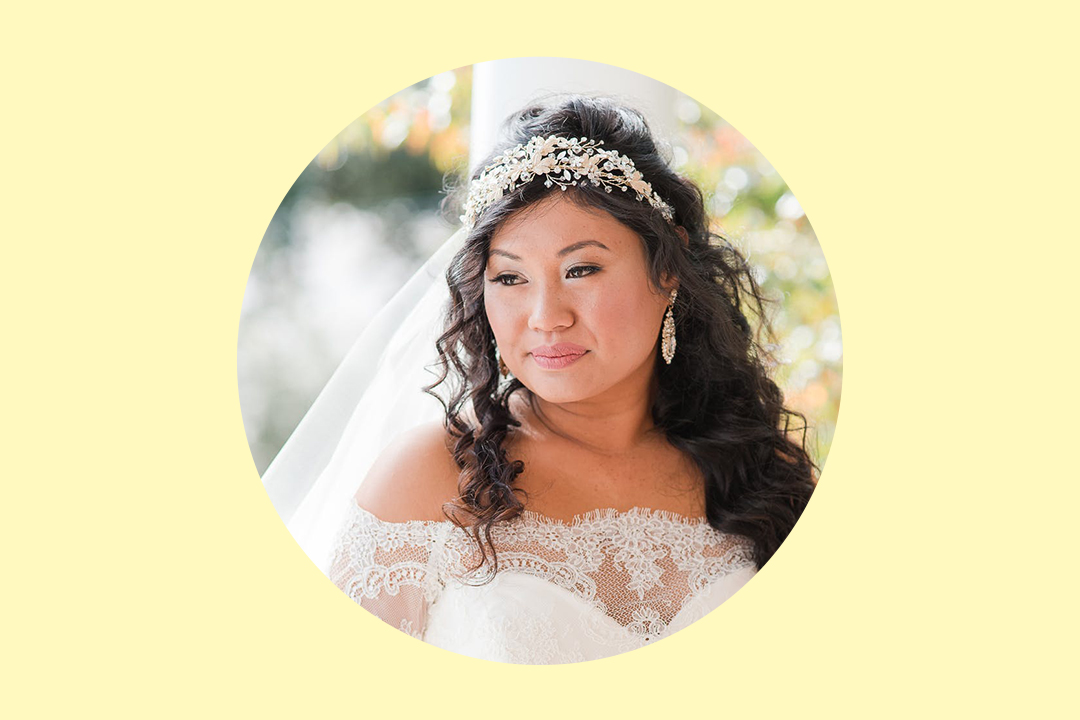
21 Stunning Headbands to Update Your Bridal Look
Inspiration
Now trending on bridal runways: headbands to replace veils. Find a wedding headband that fits your bridal look with our roundup of bridal headbands for every style.
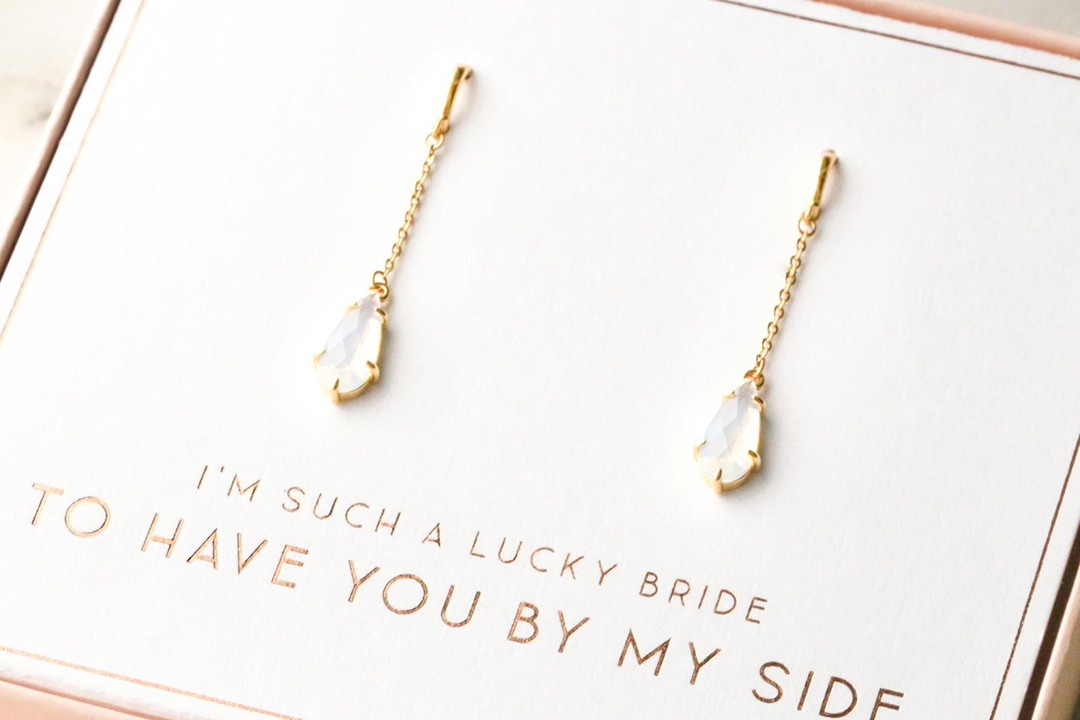
27 Bridal Party Jewelry Pieces for Every Wedding Style
Inspiration
Dress your bridal party in jewelry that speaks to your wedding theme. Here are gorgeous bridal party jewelry picks for every wedding style.
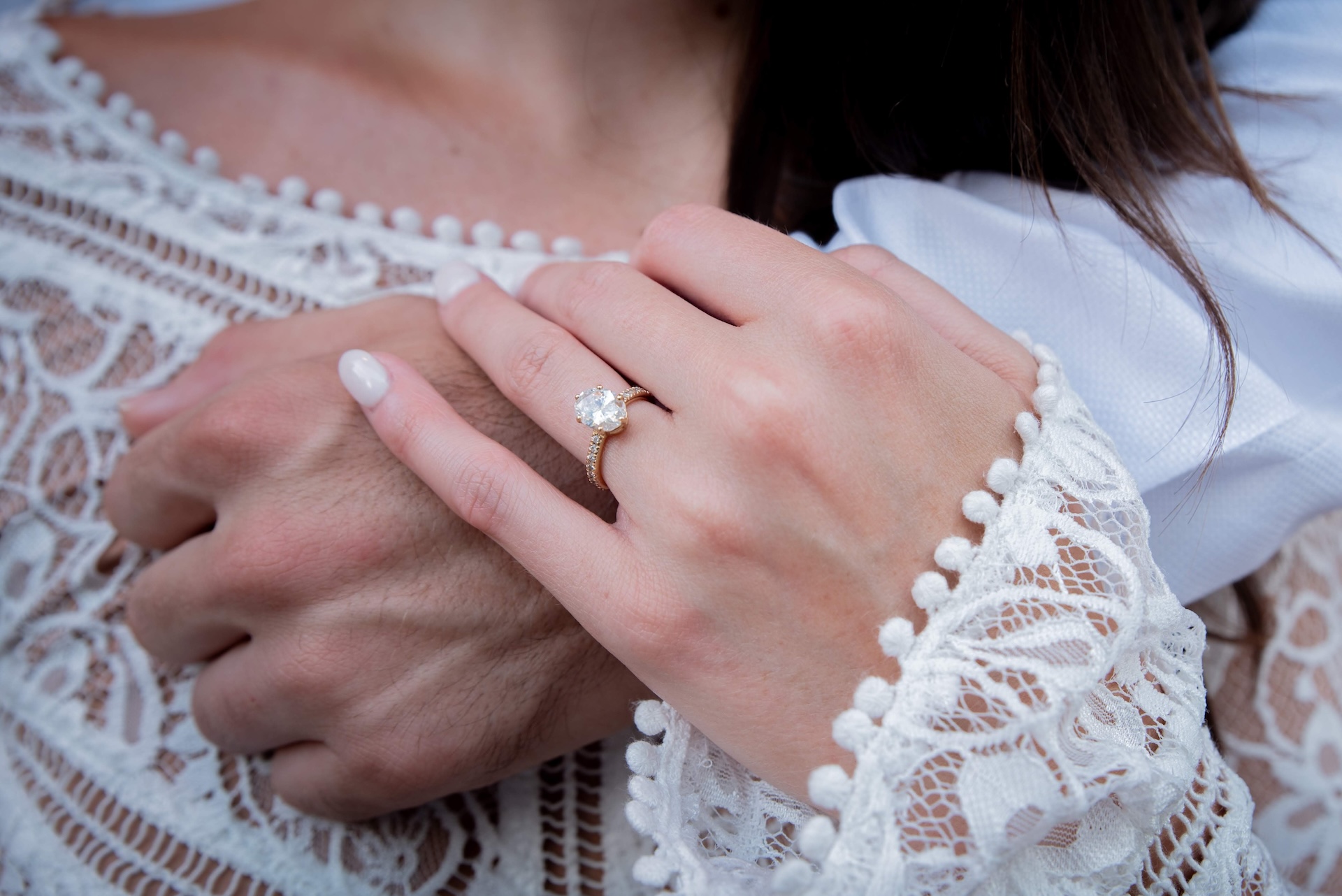
Is Engagement Ring Insurance Worth It?
Inspiration
Engagement ring insurance is an easy way to achieve peace of mind and keep your jewelry safe. How much does it cost? Do you need it? And, if so, where can you find the best policy? We've got the answers.
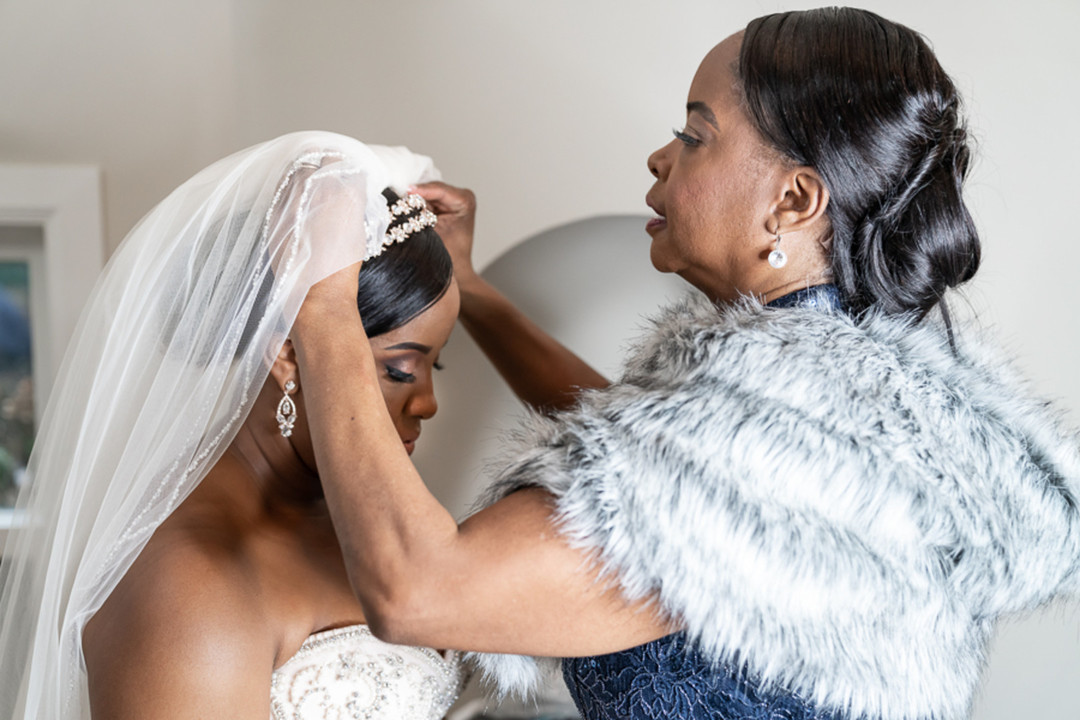
9 Wedding Accessories to Complete Your Bridal Look
Inspiration
You got the dress now top it all off with wedding accessories that will make your bridal look really stand out. Here are nine wedding accessories every bride needs.
Featured

Just Engaged? Here’s What To Do Next!
Inspiration
Just engaged and wondering what’s next? A lot goes into wedding planning, but you don’t have to do it all at once. Here are the must-do to-dos after getting engaged.

How to Finance an Engagement Ring
How-To
Got questions on how to finance an engagement ring? Our experts can help. Read on to find out now.
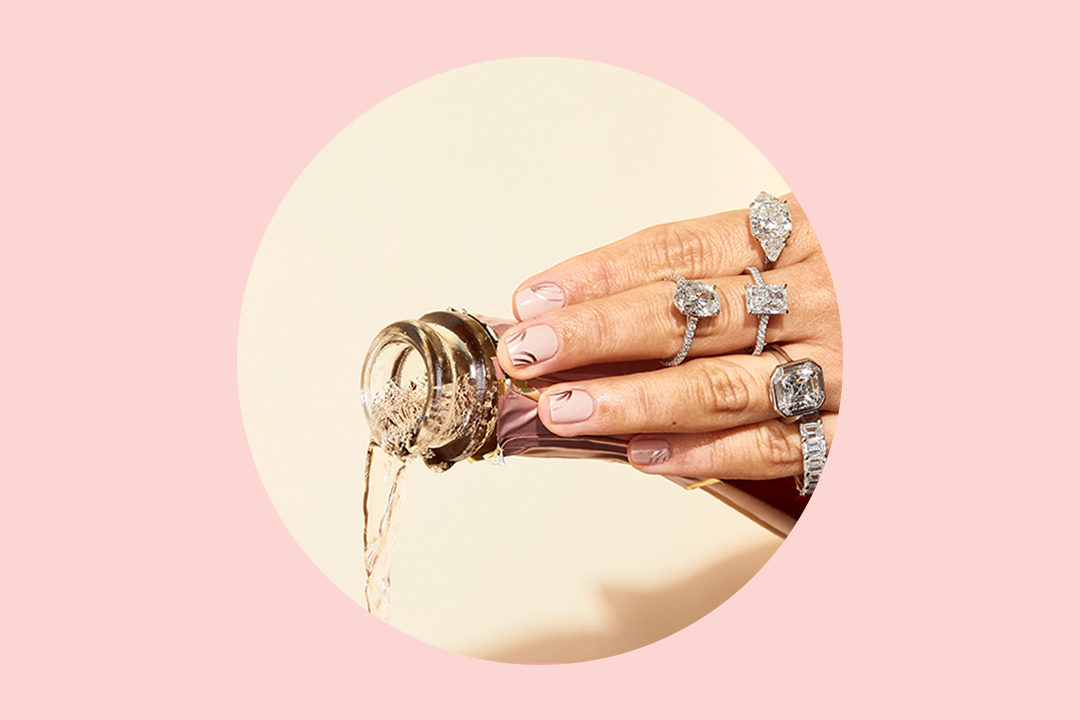
Where You Can (and Can't) Wear Your Engagement Ring
Inspiration
Diamond experts share all the places you can wear your engagement ring and where you shouldn't wear your ring. Plus, tips for keeping your engagement ring like new.

So, You Don't Like Your Engagement Ring—Here's What to Do
Inspiration
If you don't like your engagement ring, don't panic. Here are nine tips for how to deal without hurting your partner's feelings.
- Expert advice/
- Getting engaged/
- Rings/
- Lab Diamonds Vs Cubic Zirconia
Find even more wedding ideas, inspo, tips, and tricks
We’ve got wedding planning advice on everything from save the dates to wedding cakes.
